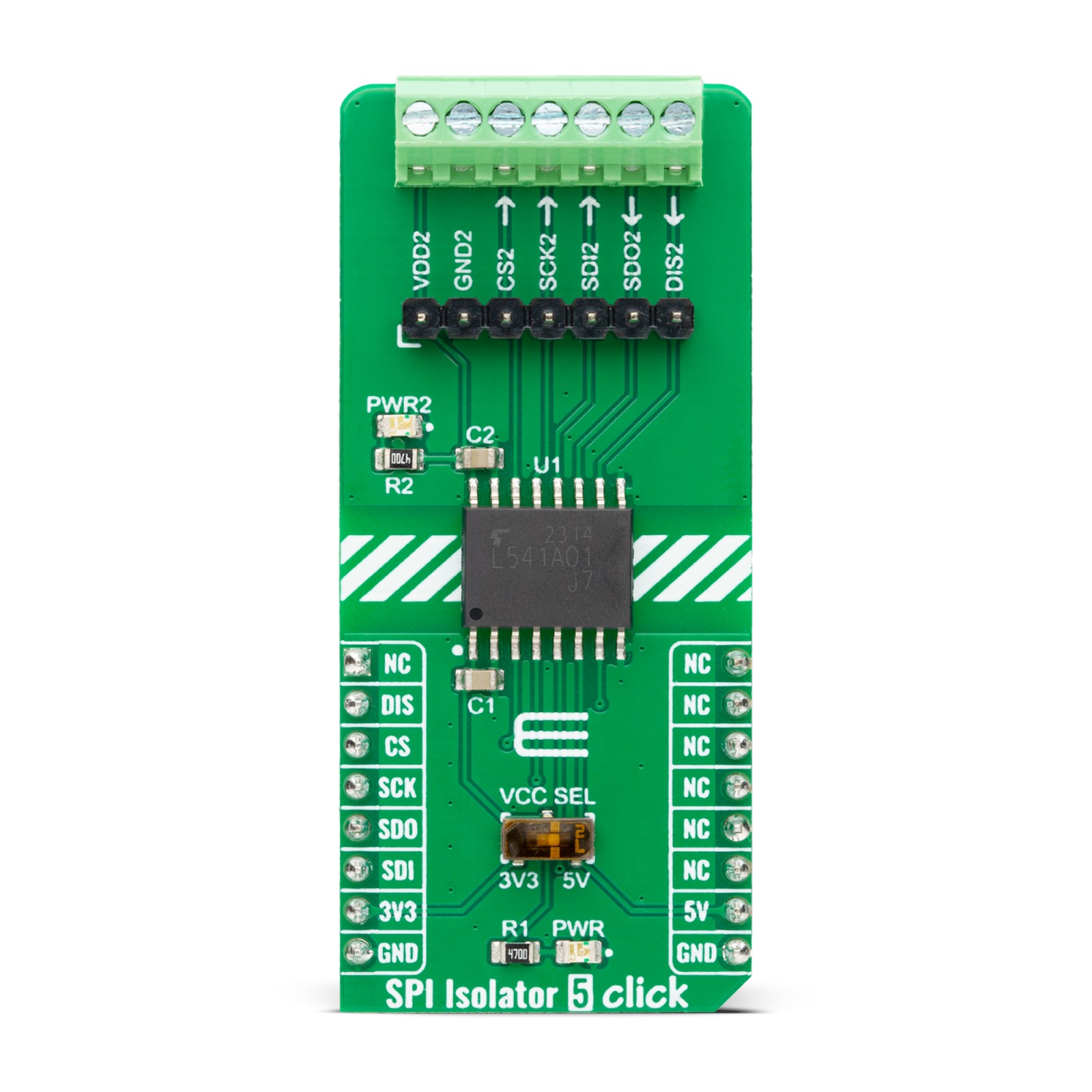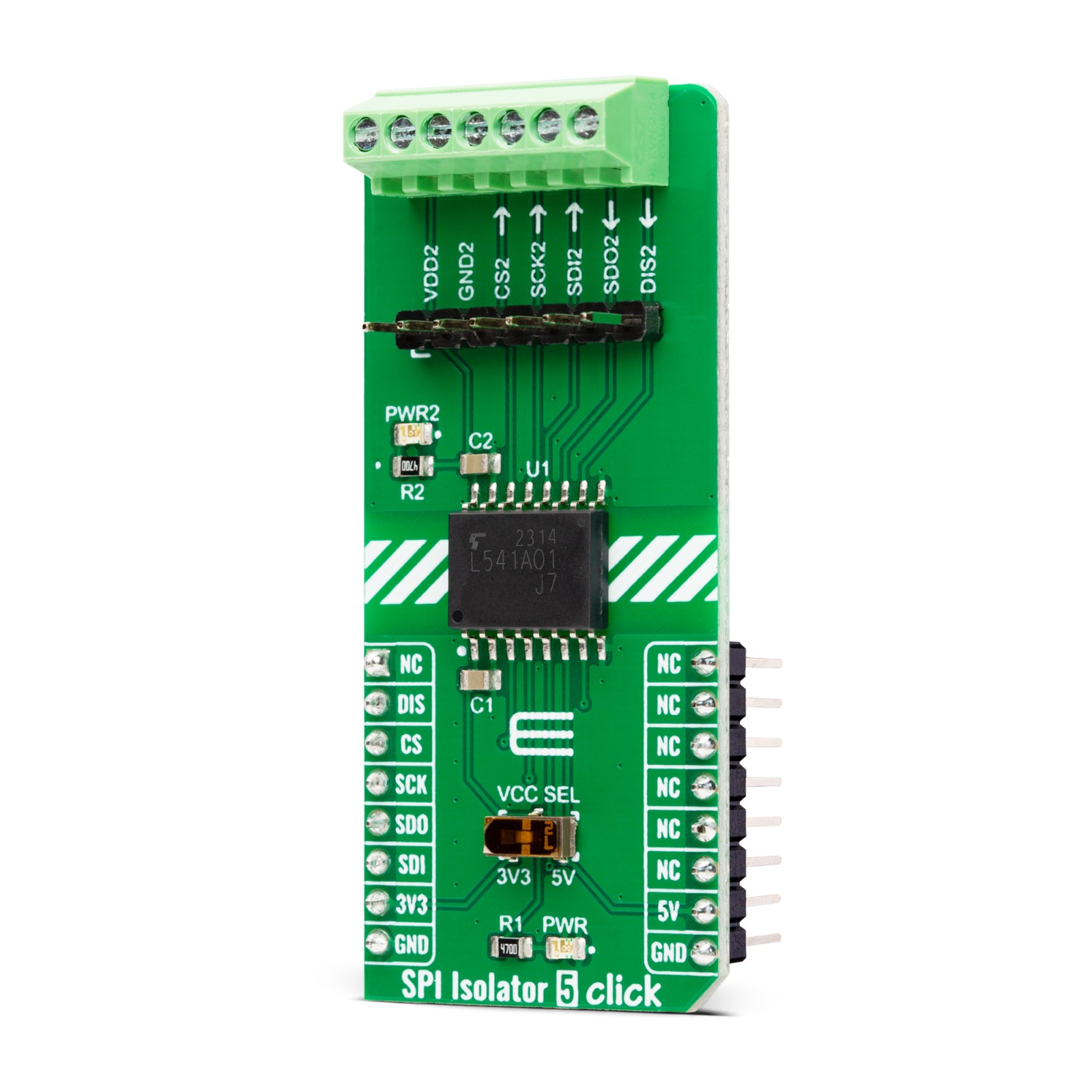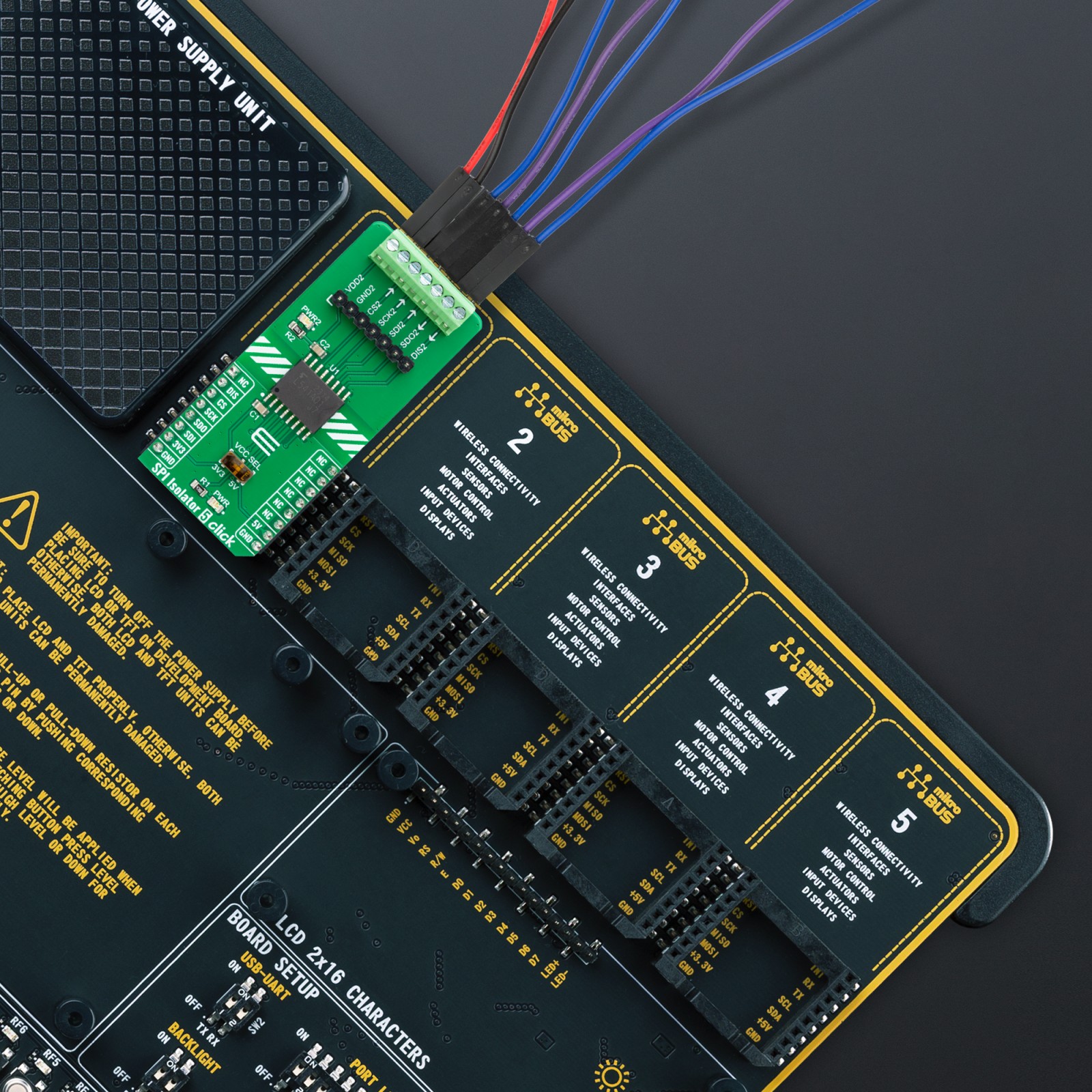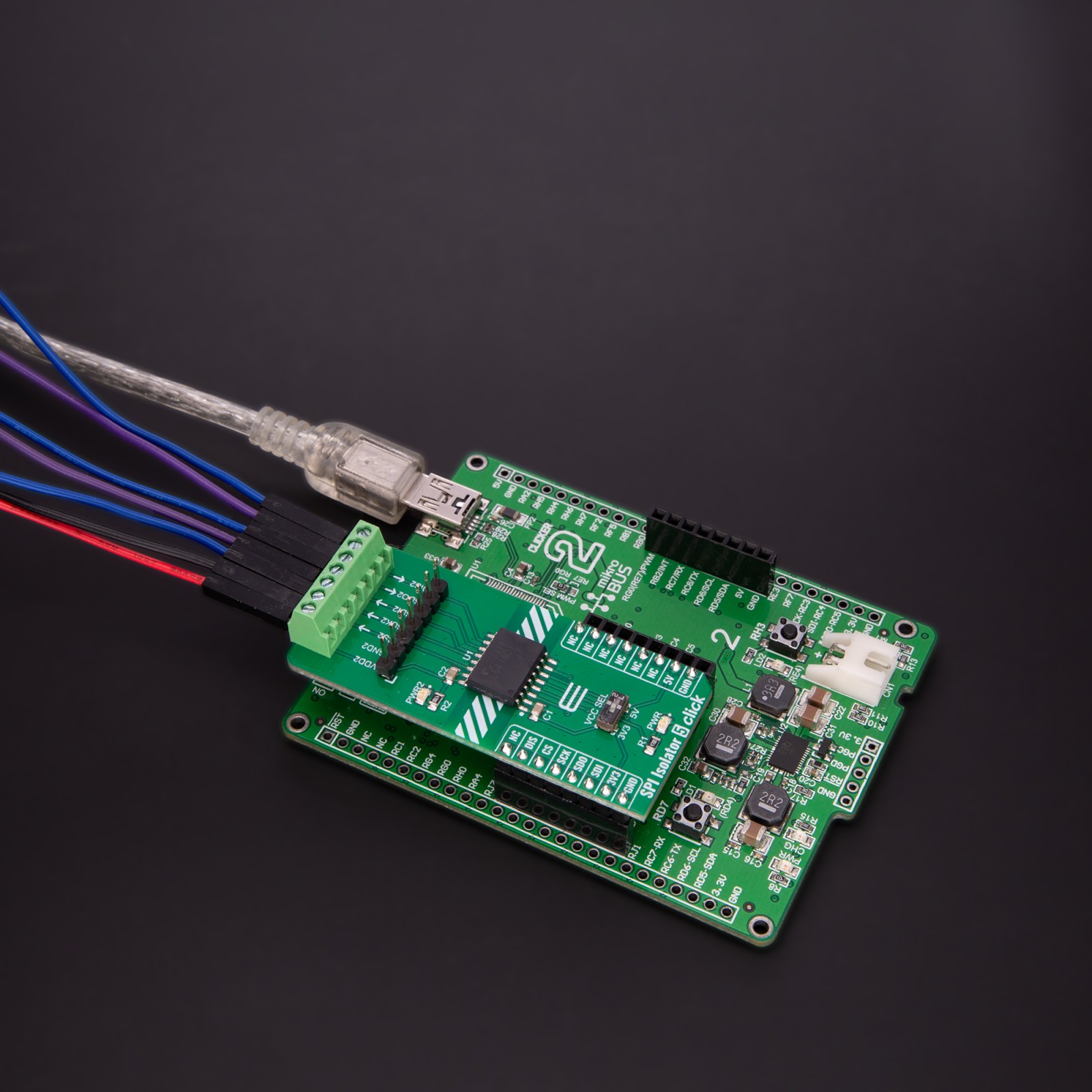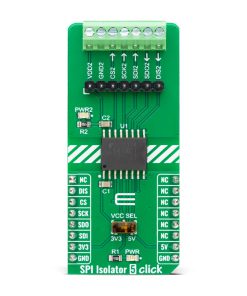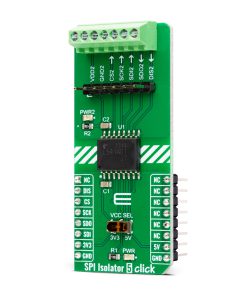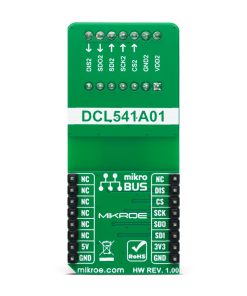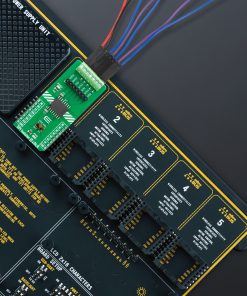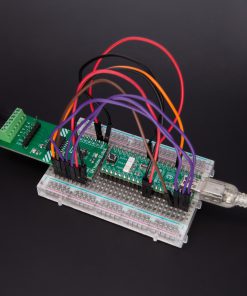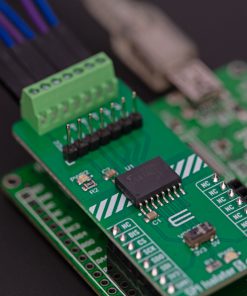-
×
 Alcohol Click
1 × R335.00
Alcohol Click
1 × R335.00 -
×
 BUZZ Click
1 × R115.00
BUZZ Click
1 × R115.00 -
×
 RTC 2 Click
1 × R465.00
RTC 2 Click
1 × R465.00 -
×
 MPU 9DOF Click
1 × R550.00
MPU 9DOF Click
1 × R550.00 -
×
 Accel Click
1 × R355.00
Accel Click
1 × R355.00 -
×
 LPG Click
1 × R335.00
LPG Click
1 × R335.00 -
×
 RTC Click
1 × R390.00
RTC Click
1 × R390.00 -
×
 HYDROGEN Click
1 × R335.00
HYDROGEN Click
1 × R335.00 -
×
 tRF Click
1 × R1,050.00
tRF Click
1 × R1,050.00 -
×
 microSD Click
1 × R355.00
microSD Click
1 × R355.00
Subtotal: R4,285.00

